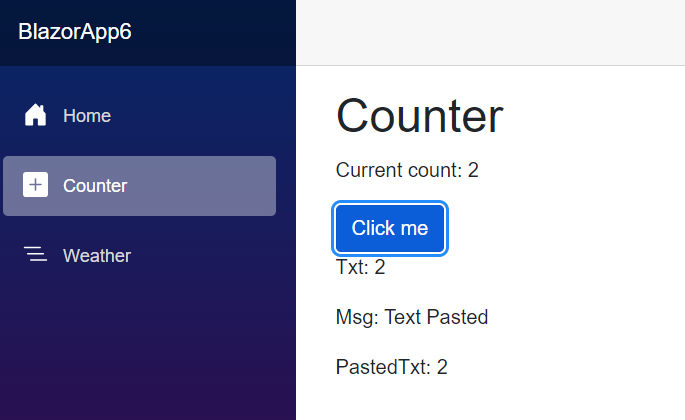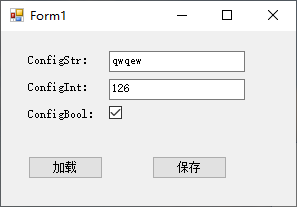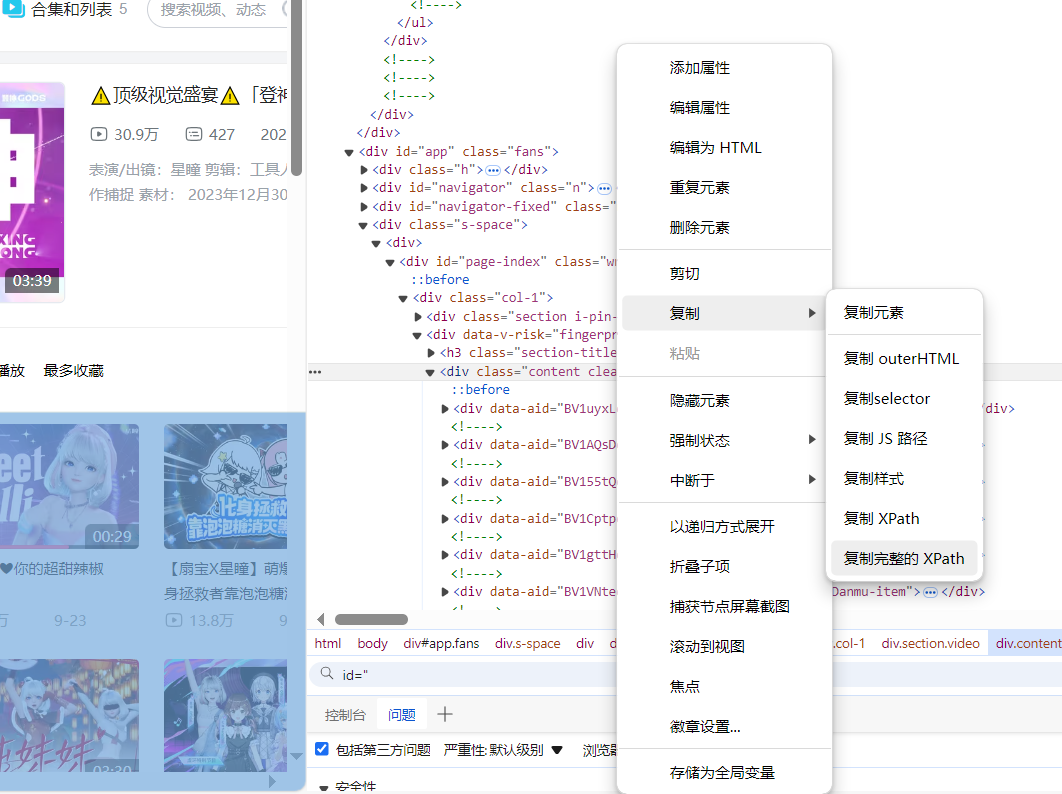我正在努力通过
Josh Smith’s CommandSink Example和base.Executed =(s,e)=> …结构正在抛弃我,有人可以帮助使这个晶莹剔透吗?
我的理解:
> base.CanExecute是继承的类CommandBinding上的事件
> =正在为该事件添加委托
>委托是跟随该行的匿名函数
我不明白的是:
>(s,e)是该函数的签名吗?
>变量s在哪里使用?
这是上下文中的代码:
public class CommandSinkBinding : CommandBinding
{
#region CommandSink [instance property]
ICommandSink _commandSink;
public ICommandSink CommandSink
{
get { return _commandSink; }
set
{
if (value == null)
throw new ArgumentNullException("Cannot set CommandSink to null.");
if (_commandSink != null)
throw new InvalidOperationException("Cannot set CommandSink more than once.");
_commandSink = value;
base.CanExecute += (s,e) =>
{
bool handled;
e.CanExecute = _commandSink.CanExecuteCommand(e.Command,e.Parameter,out handled);
e.Handled = handled;
};
base.Executed += (s,e) =>
{
bool handled;
_commandSink.ExecuteCommand(e.Command,out handled);
e.Handled = handled;
};
}
}
...
解决方法
(s,e)是事件处理程序的方法参数签名(在这种情况下是定义的anoymous方法)
想(对象发件人,EventArgs e)
s参数只是没有在方法的其余部分中使用,这很好.必须在那里匹配预期的签名
base.CanExecute += (s,out handled);
e.Handled = handled;
};
相当于做
base.CanExecute += new EventHandler(myMethod_CanExecute);
///....
protected void myMethod_CanExecute(object sender,EventArgs e)
{
bool handled;
e.CanExecute = _commandSink.CanExecuteCommand(e.Command,out handled);
e.Handled = handled;
};




